In a city that is overflowing with ancient Buddhist Temples, it is difficult to see all of them, especially when there are over 300 temples and so little time to see all of them. The temples in Chiang Mai boasts some of the finest 14th-century art and architecture of the Lanna Kingdom.
Early this month, when I traveled to the Northern Thai city of Chiang Mai, I booked an evening tour of Wat Umong and Doi Suthep through a The Asia, local travel agent. In Thailand, Cambodia or Laos, a Wat is referred as a Buddhist temple. The travel agent’s mini-van picked me from my Chiang Mai based hostel at 5.30pm on Thursday, February 5, and continued collecting others who booked the same tour on our way from nearby accommodations to our first attraction, Wat Umong.
A 700-year-old temple tucked away in the midst of a thick forest in the foothills of the Suthep Mountain, with a unique and an extremely peaceful vibe compared with the rest of the temples in Chiang Mai. The most distinctive feature of this temple was the series of maze-like tunnels constructed by King Mengrai in 1297 that criss-crossed each other, it also describes the name of the Wat (Umong is “tunnel” in Thai language). The temple’s long history is traced as far back as the 14th century, historians say that the temple was built with the maze of tunnels to stop a respected monk from wandering into the woods. The site was abandoned with the end of King Tilokarat’s reign in 1487, until it became a monastery in 1948.
There were very few visitors at the time we arrived, many of them were locals who had come to offer prayers. There were also monks sweeping the floors, dogs lazing around and roosters cock-a-doodling in the big tall trees. The tour guide led us through a staircase guarded by the Naga serpents, we walked by a pond and strolled through a garden piled with ruined statues of Buddha, the surrounding trees was decorated with Buddhist wisdom quotes like: “The real love needs nothing to be paid back.”
There was a recently restored massive circular bell-shaped Chedi at the top of a grassy hill, above the tunnels, the surrounding brick walls had covered with moss and lichen over time. A walk towards the northern side of the chedi above the prayer tunnels depicted a self-disciplined image of Buddha. Kuti, the living quarters of the monks are scattered throughout the forest. A pathway through the prayer tunnels leads up past a tiny Buddhist museum, it had altars laden with candles, incense and offerings; it continued between a kuti and a meditation cell where the walls had some of the Thailand’s oldest forest murals which used to be visible before, but eventually disappeared over time. The twilight hours is certainly the best time to visit this monastery that had a distinctive mood. It also offers meditation classes for those seeking to refresh their mind and soul. The behavior of the monks at the Wat Umong was very strange because they expect the solitude of the forest retreat to the temples of Chiang Mai.
Following the tour of the Wat Umong, we got back into the tour van and proceeded to one of the most well-known temples in Chiang Mai, Wat Phra That Doi Suthep. I was glad that I booked this tour in the evening, because most of the day-trippers had left by then.
Wat Phra That Doi Suthep or the Temple of the White Elephant is the most sacred temple in the Lanna Kingdom. Legend says that in 1383 King Keu Naone mounted a piece of bone said to be from the Lord Buddha’s shoulder onto a white elephant that wandered up the Doi Suthep mountain, it trumpeted three times before it fell dead. The natives considered it as a sign and built a temple on the exact spot where it lay dead.
It was a long winding road high up the mountain to get to the temple. Once our mini-van arrived at the base of the mountain, we climbed the strenuous 309-step staircase guarded by mosaic Naga (serpents), to see and admire the golden pagoda. Alternatively, an elevator/cable car was available to move people to and forth and was charged at 20 baht per way. The staircase climb is also said to encourage devotees accrue Buddhist merit. The Buddha’s bone was safely kept inside a golden chedi (stupa) surrounded by statues, Buddhist murals, bells and prayer areas. There were locals and visitors worshiping, they were circling the pagoda anti-clockwise three times, it’s said to be the exact same way the white elephant did.
My favorite part about visiting the Wat was the incredible panoramic views as it overlooks the lit up Chiang Mai from the mountain throne. I enjoyed strolling around the lower floor of the temple which had a quirky statue garden of gnome-like monks, bronze bells, a museum and meditation center and a statue of the white elephant. That concluded our tour and we were soon descended the Naga steps staircase to get back to our vehicle since some of were getting late and others were hungry, we were dropped back to our accommodations in the same order we were collected. It was certainly more than I expected, because I visualized it as a quaint little temple on top of a hill, instead it turned out to be an extremely famous landmark and tourist attraction in all of Thailand.
Would you be interested in visiting Wat Umong and Wat Phra That Doi Suthep? Have you been to any of these temples before? Do you agree with my assessment of the experience? Please let me know in the comments section below.

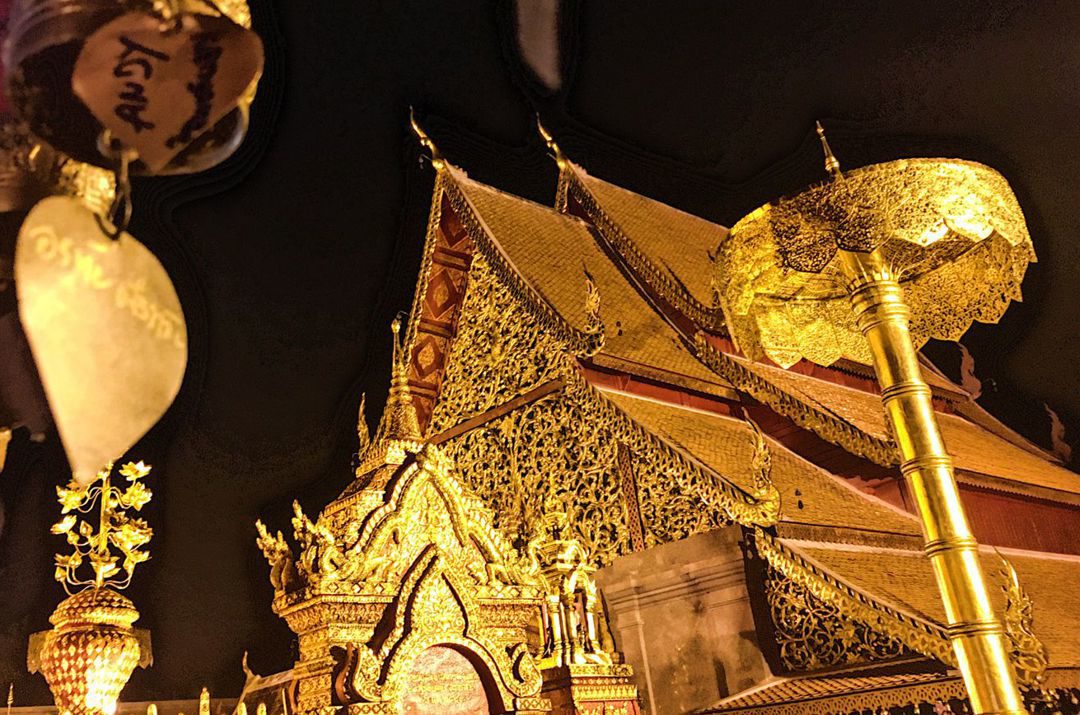
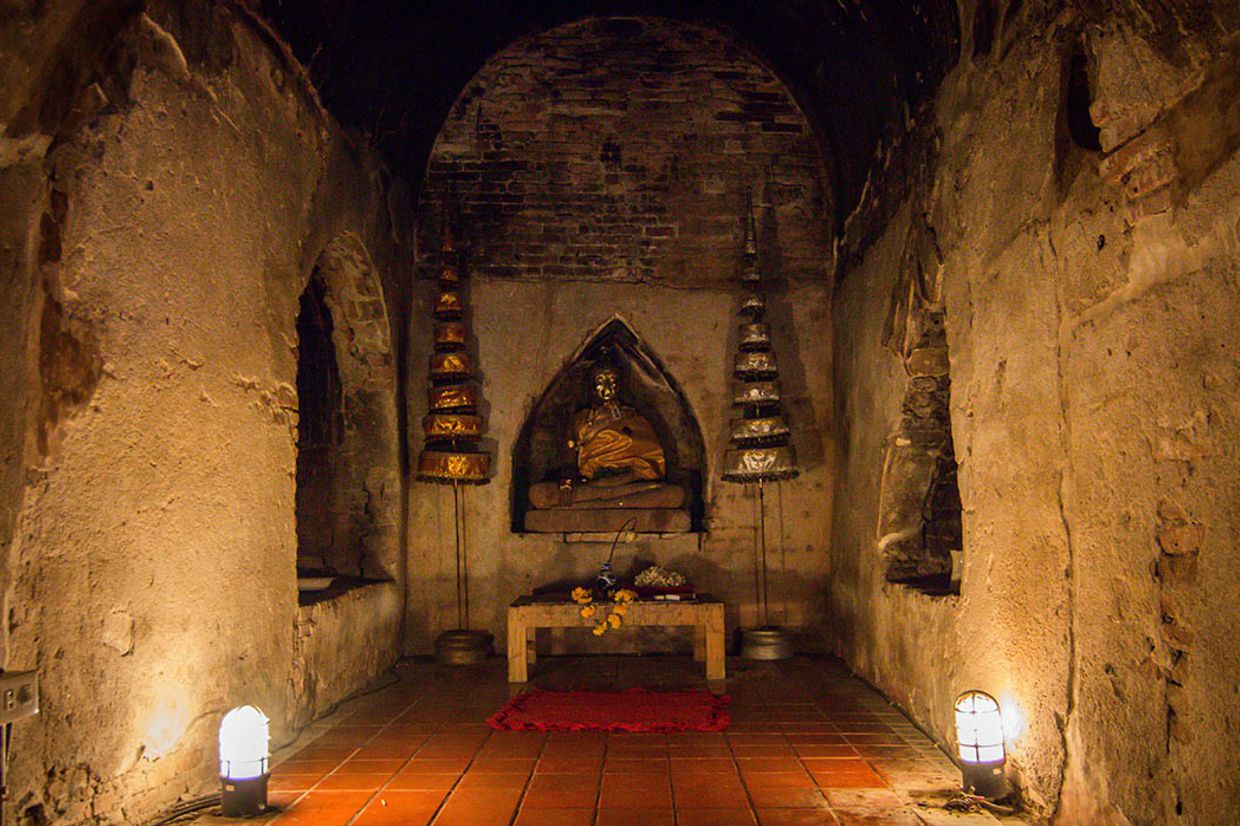

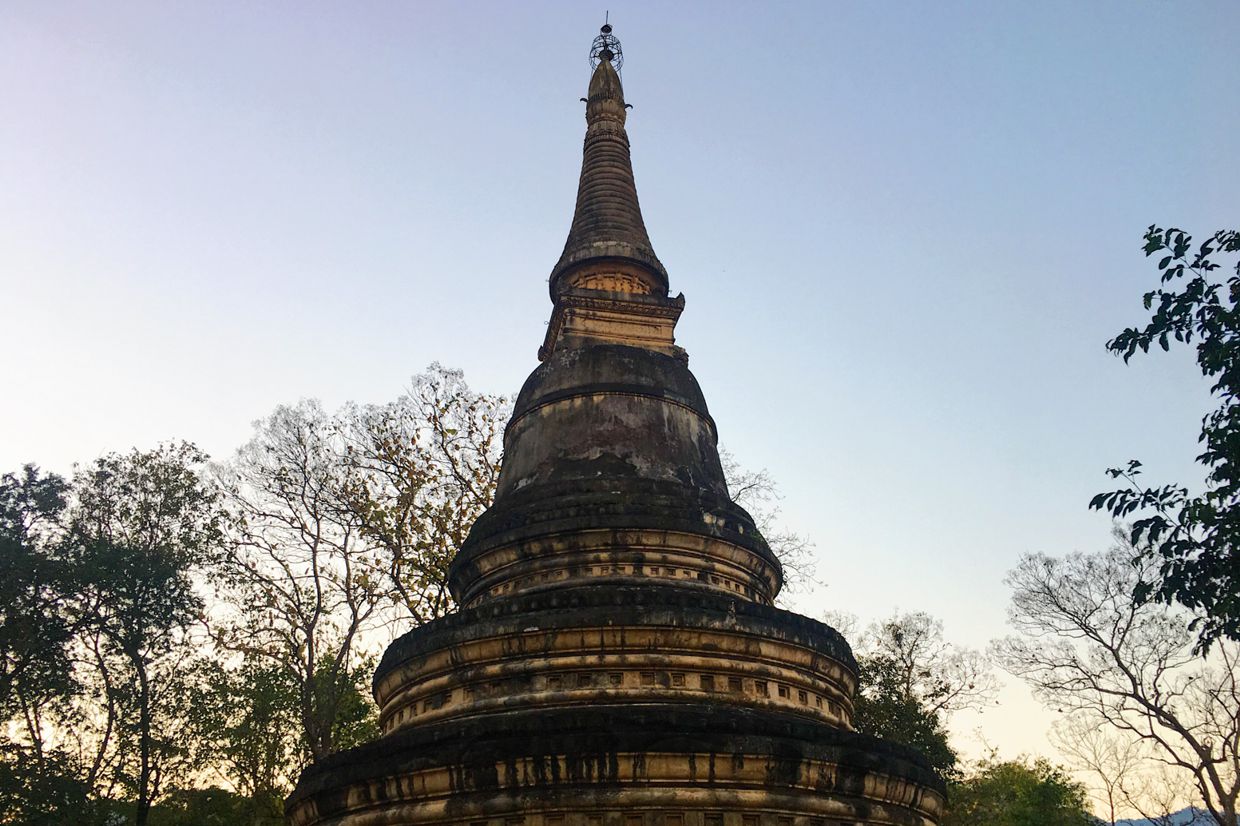
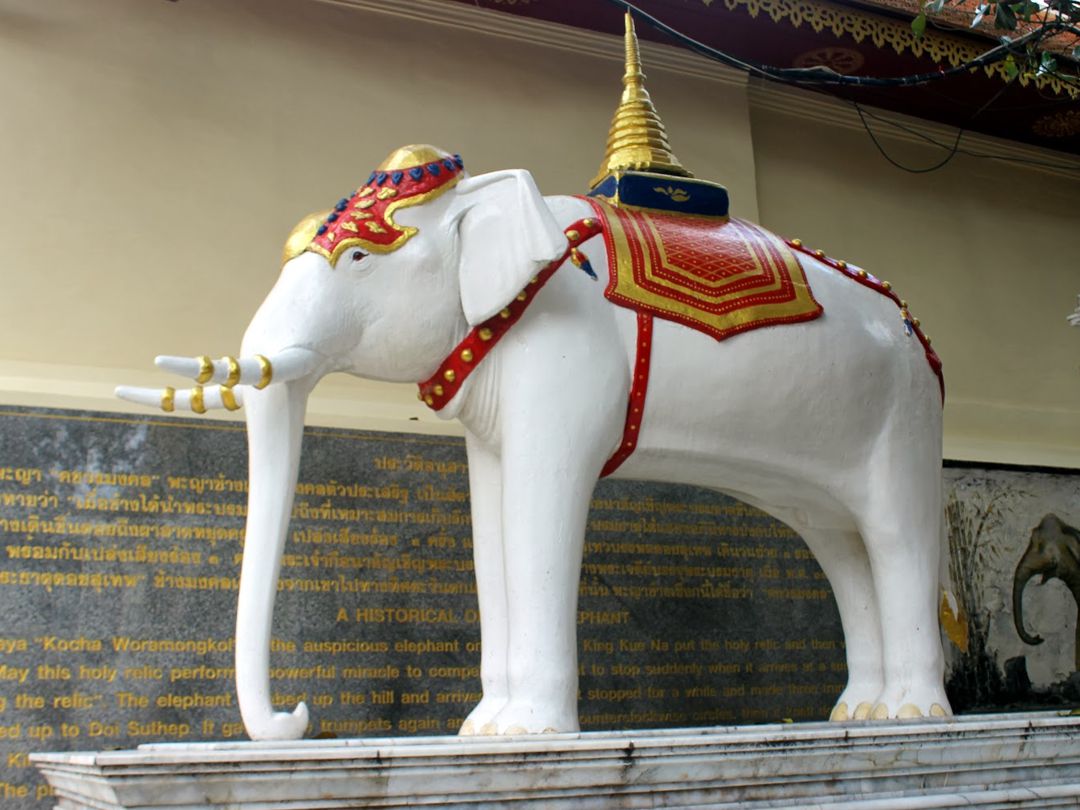
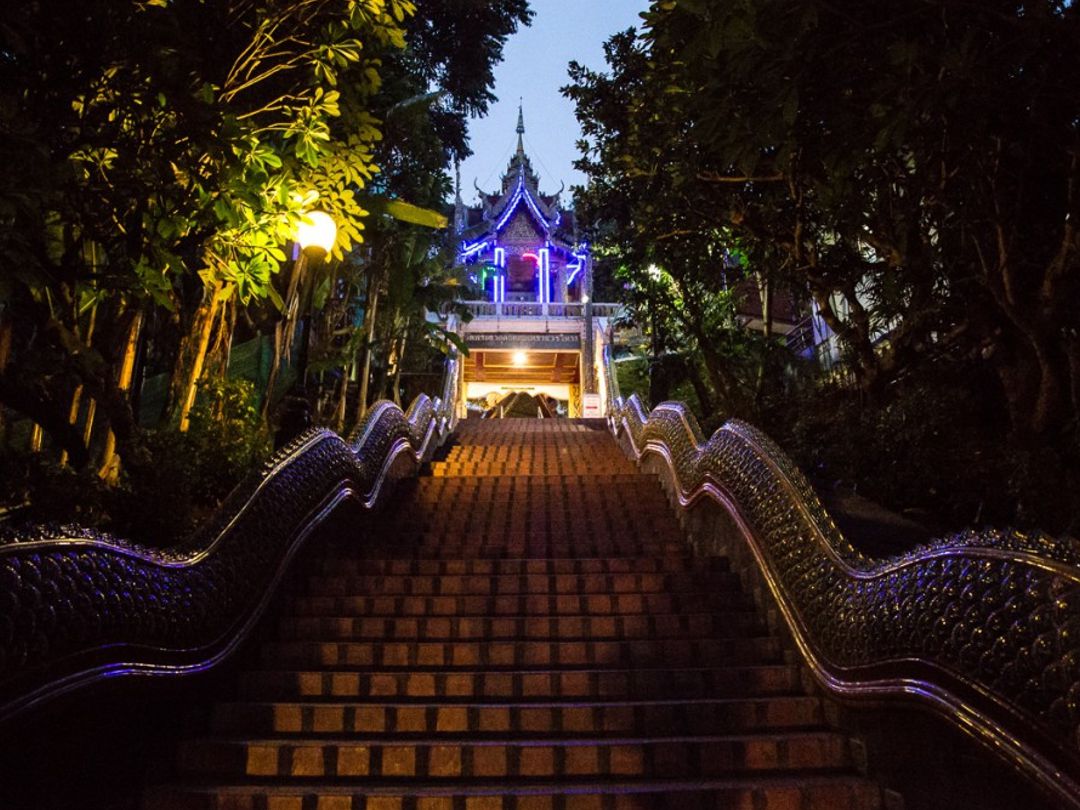
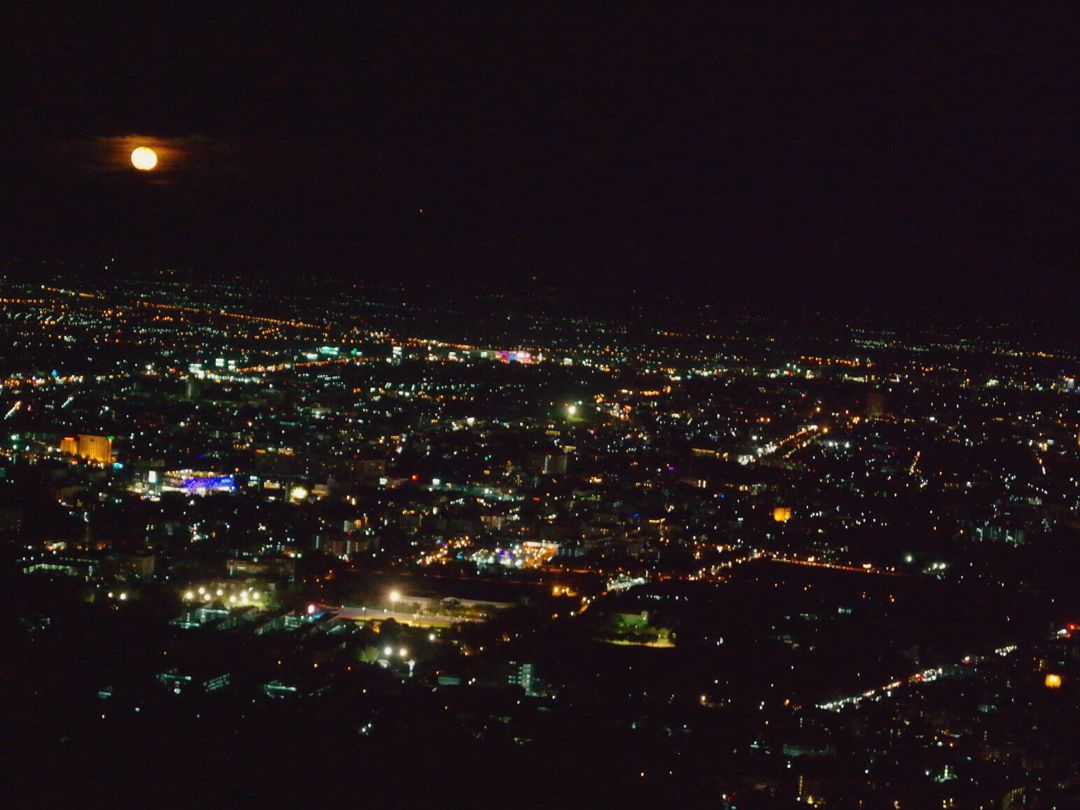
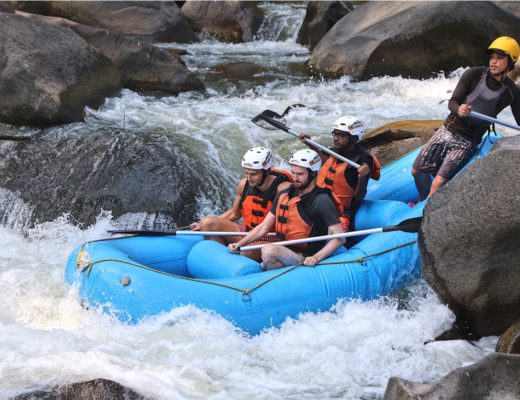
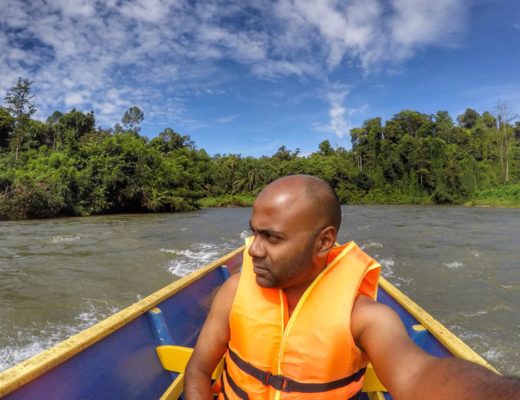

No Comments